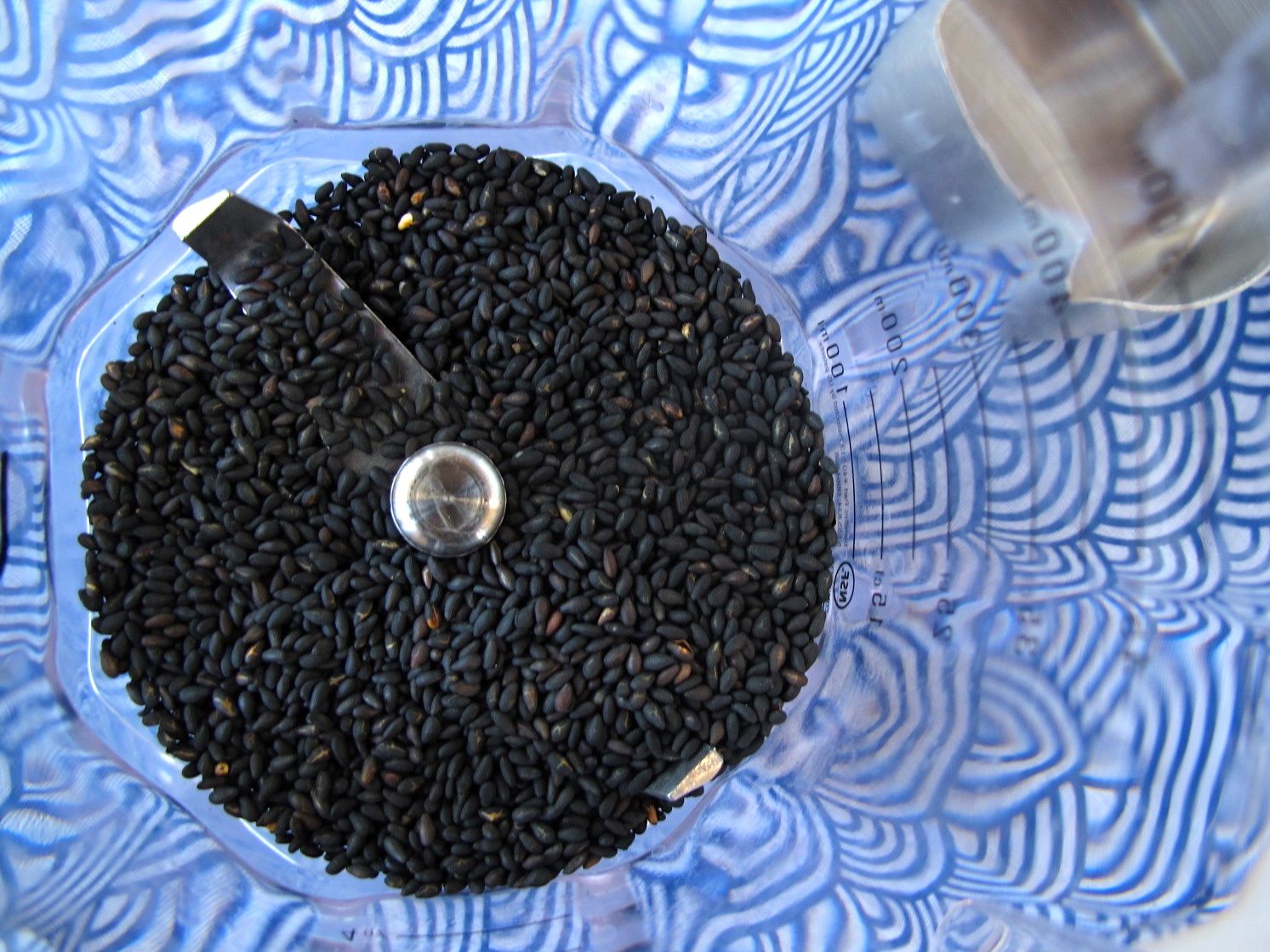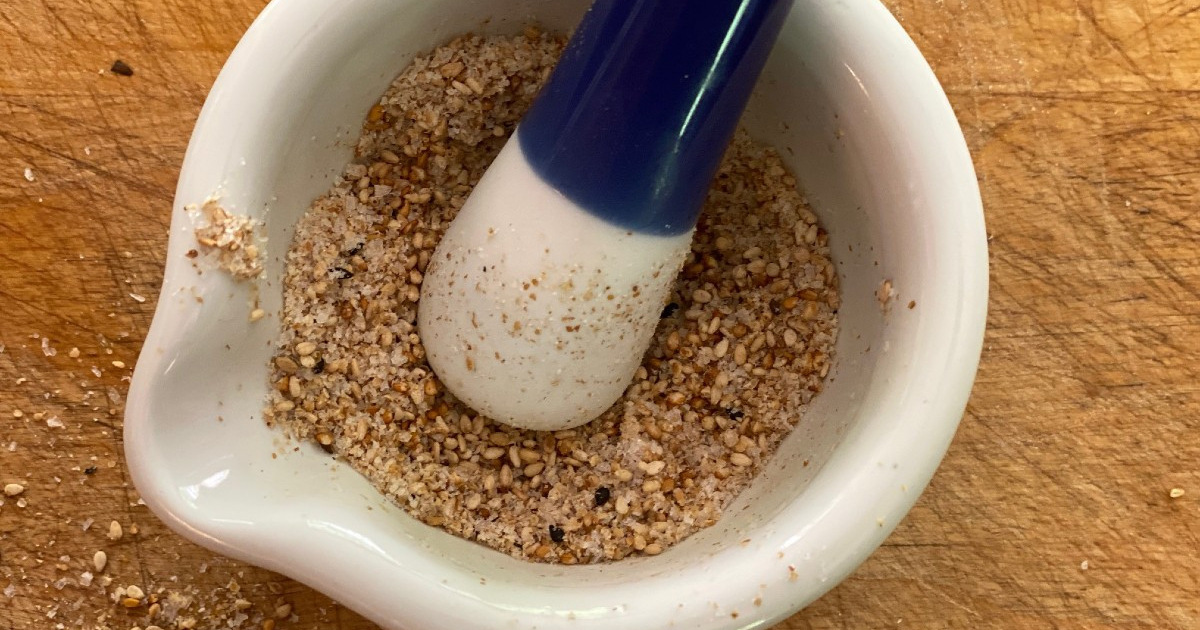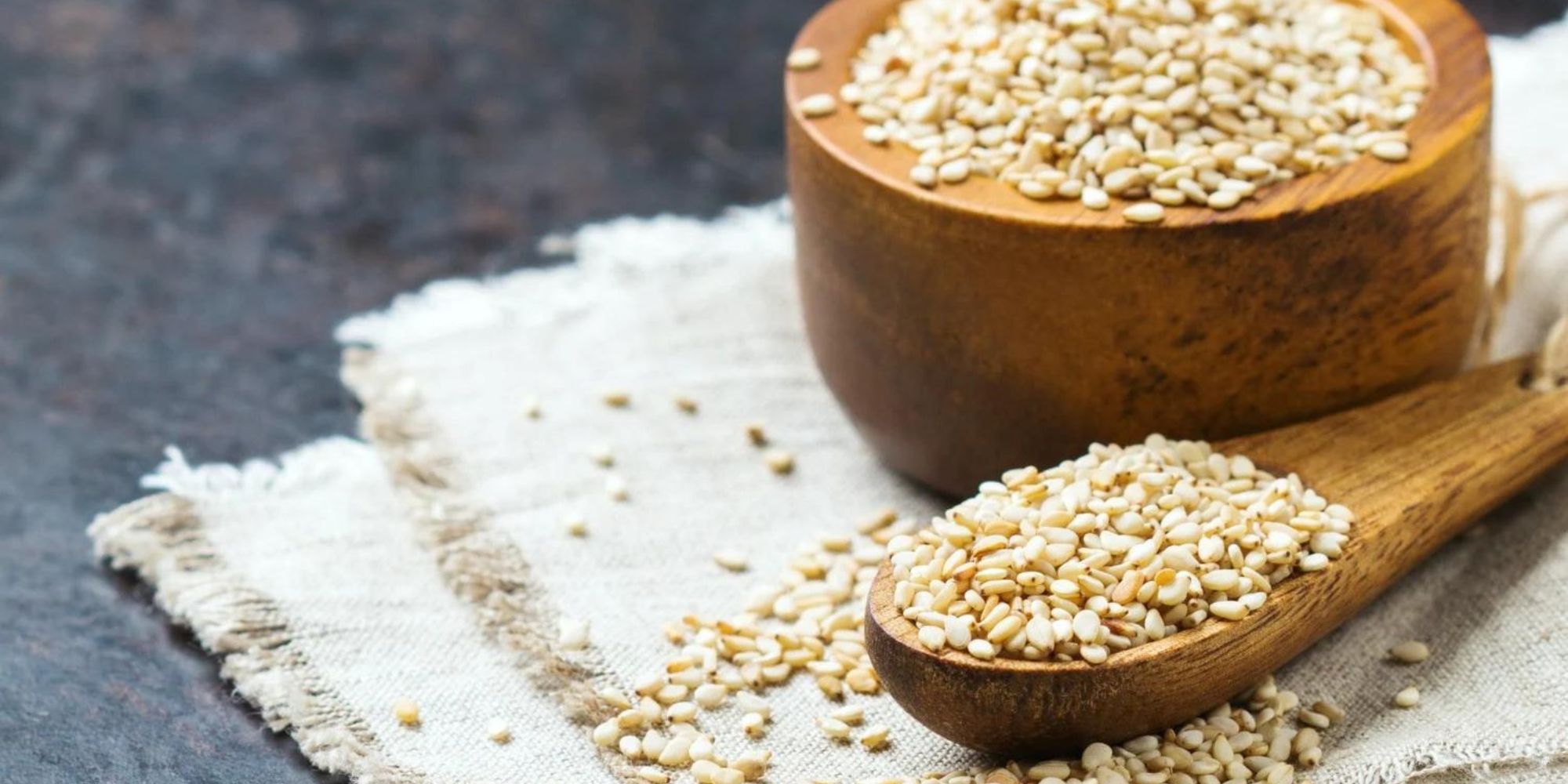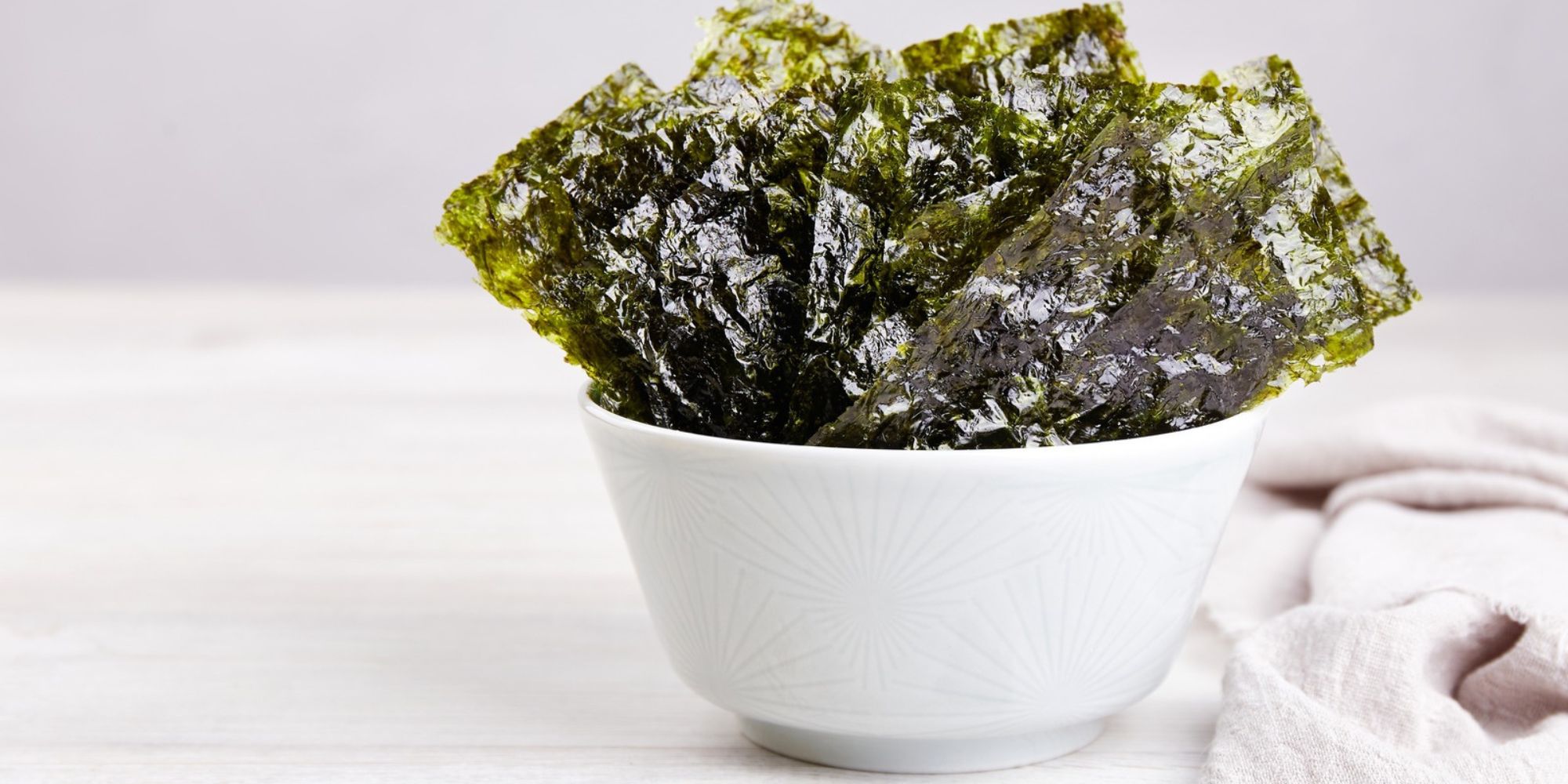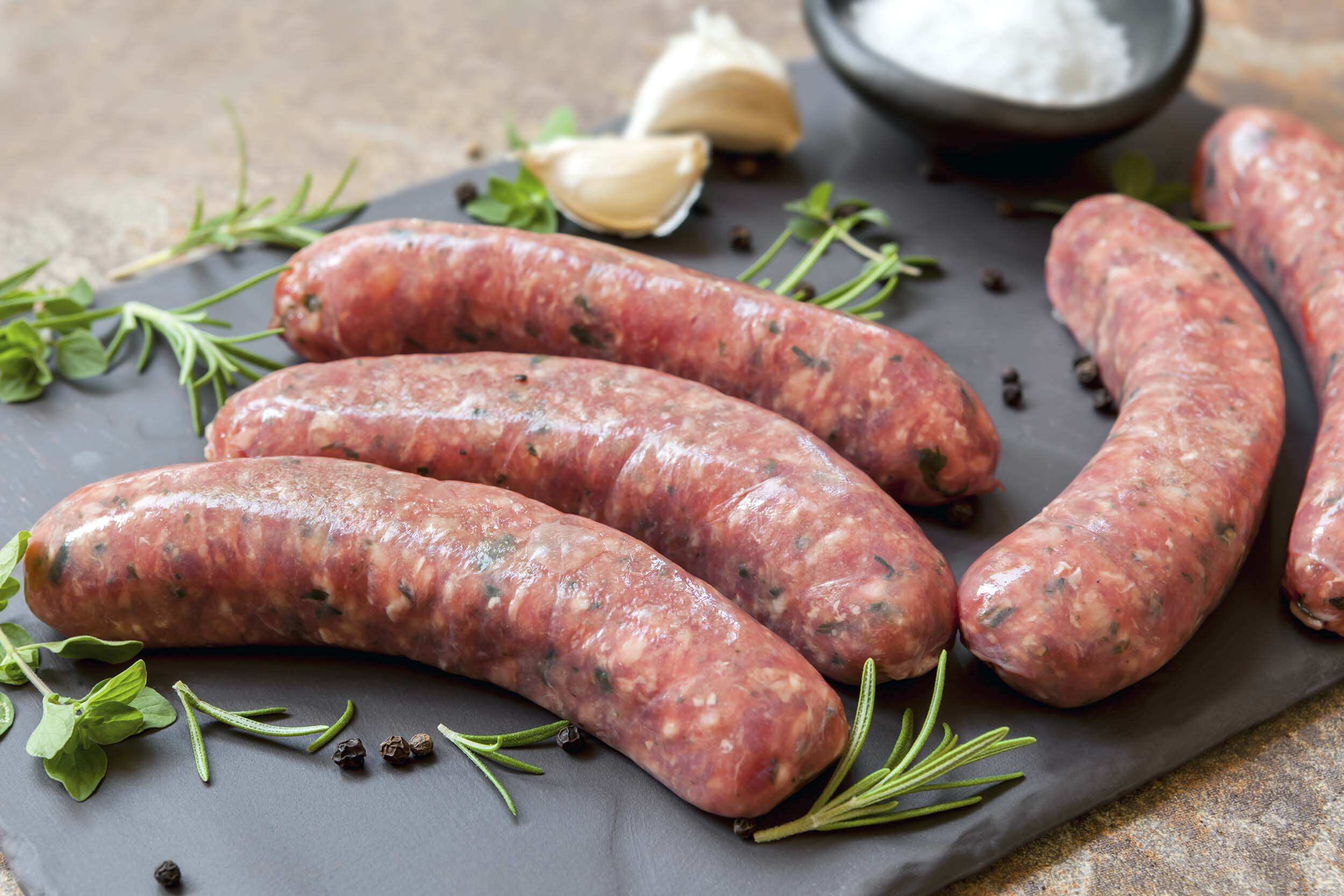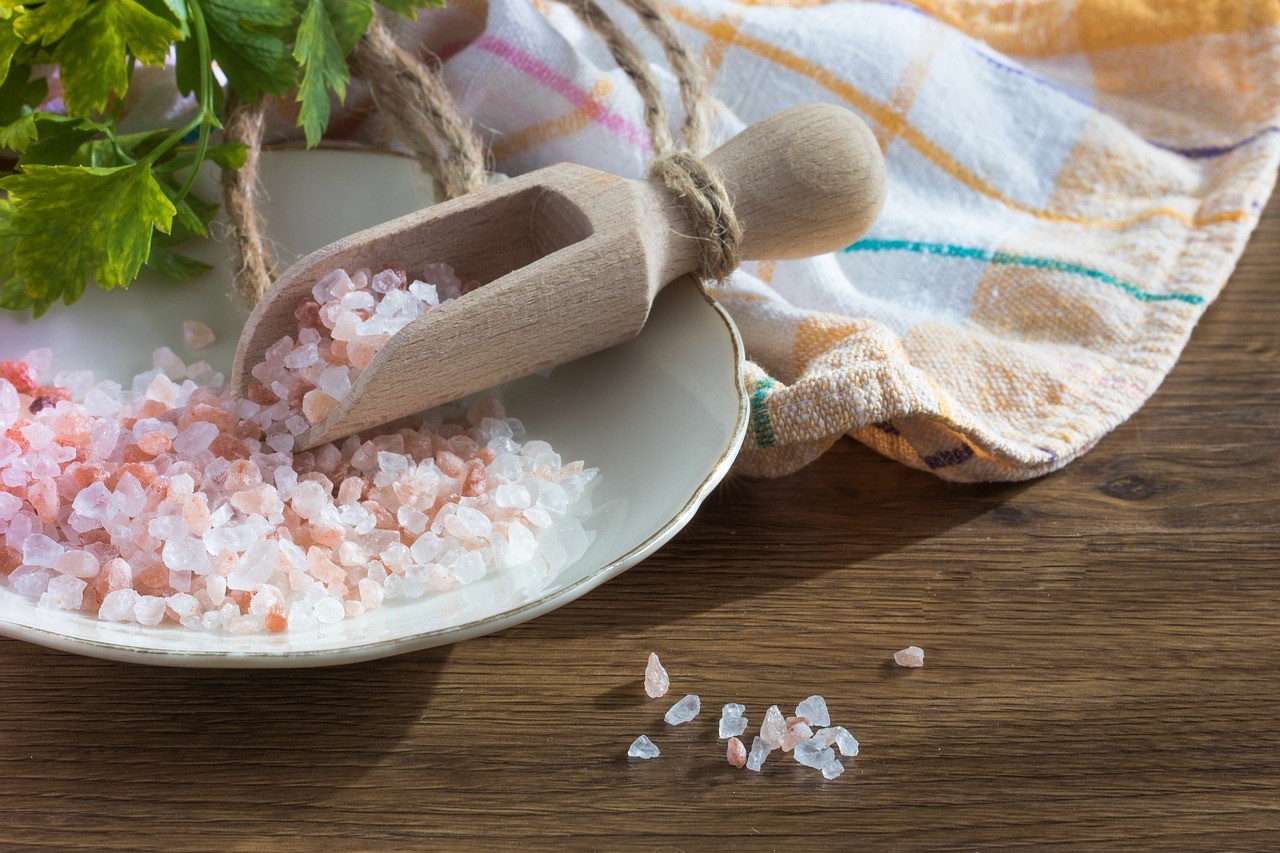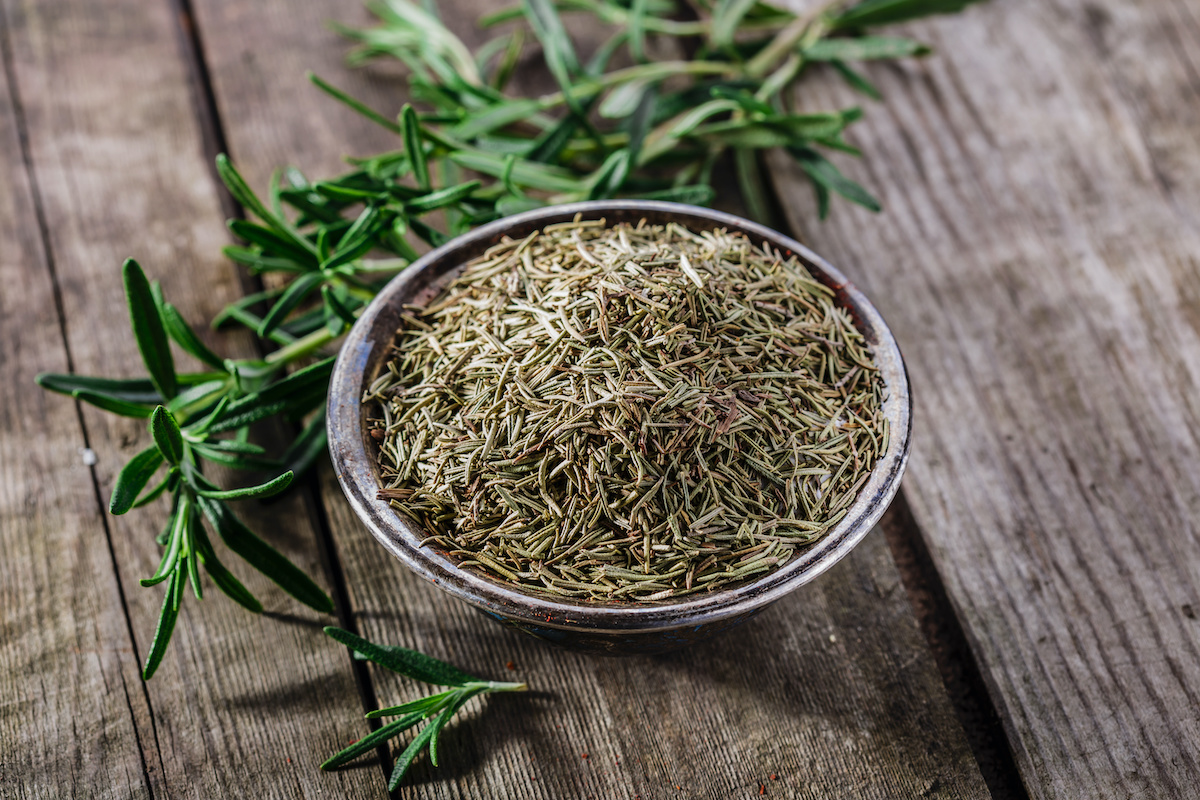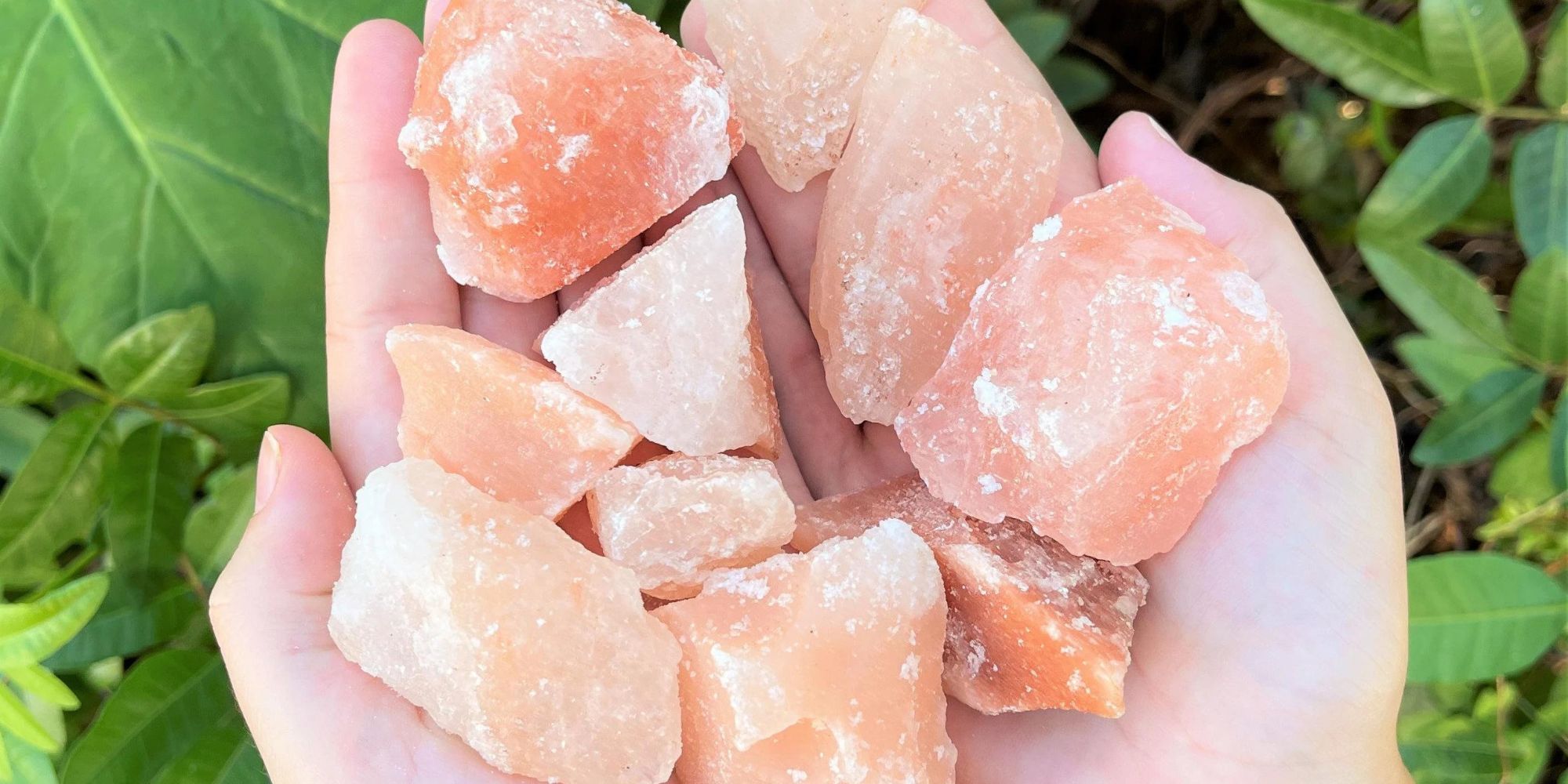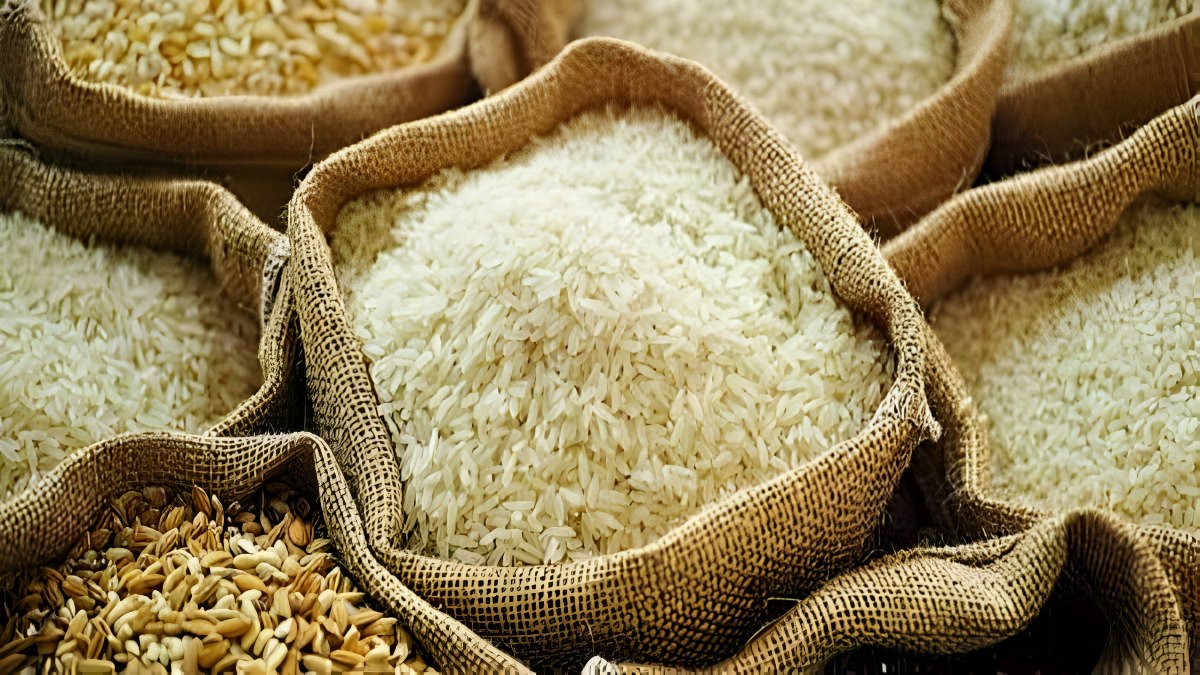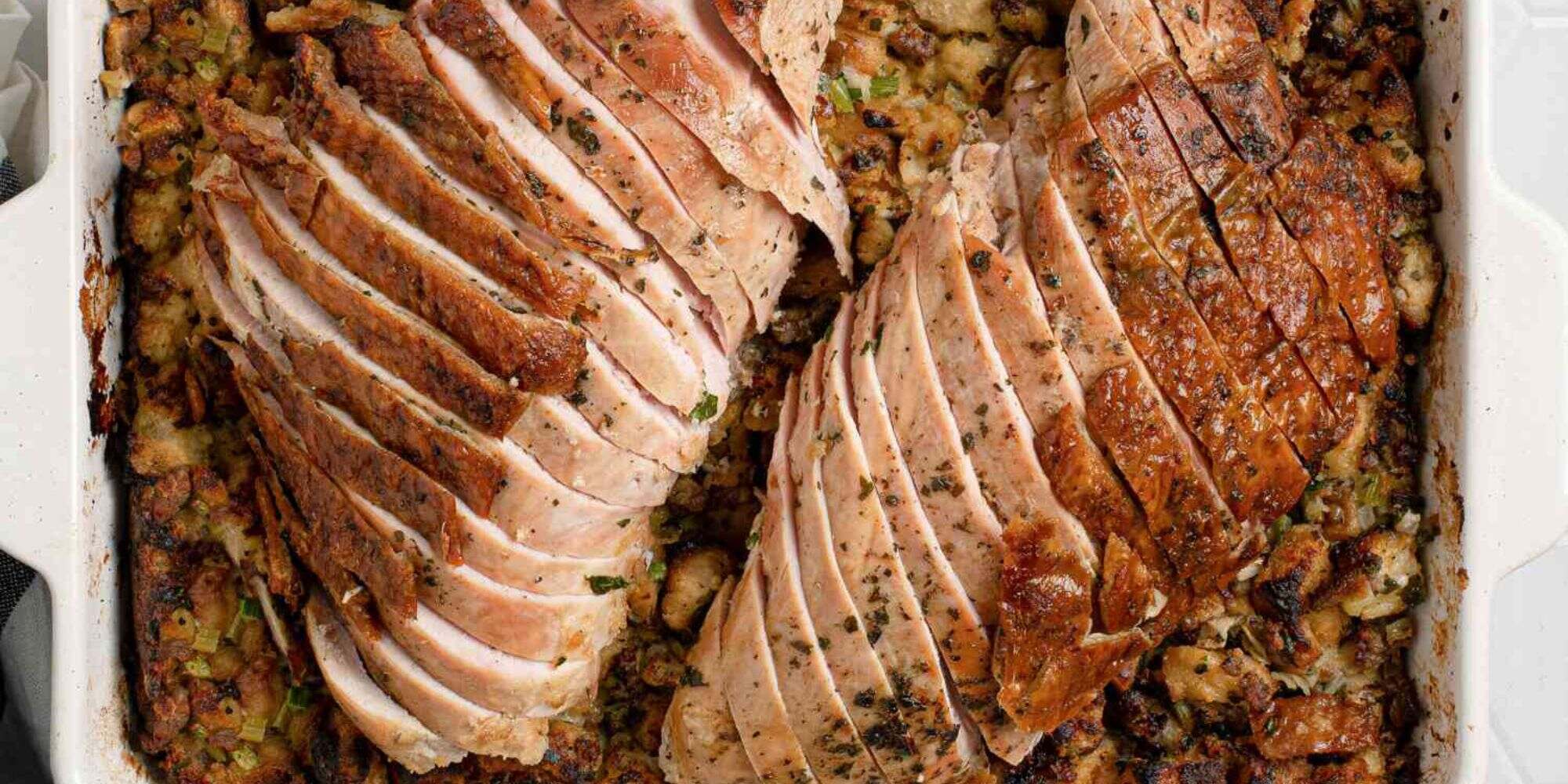Grinding sesame seeds might seem straightforward, but mastering this skill can elevate your culinary creations to new heights. Whether you're aiming to make your own tahini, sprinkle them over salads for an extra crunch, or incorporate them into baked goods, knowing how to properly grind sesame seeds is key. This guide will walk you through different methods, from using a traditional mortar and pestle to leveraging modern kitchen gadgets like food processors and spice grinders. Each technique has its unique benefits, ensuring you can achieve the perfect texture and flavor for your dishes. Let's dive into the world of sesame grinding, where simplicity meets sophistication.
Essential Ingredients for Grinding Sesame
- Sesame seeds (1 cup)
- Salt (optional, 1/4 teaspoon)
Necessary Tools for Perfectly Ground Sesame
- Mortar and pestle
- Coffee grinder
- Food processor
- Spice mill
- Blender
- Sieve or fine mesh strainer
- Mixing bowl
- Measuring spoons
- Storage container with a tight-fitting lid
Grinding sesame seeds enhances their flavor and texture. Use a mortar and pestle for small batches or a food processor for larger quantities, pulsing to avoid turning them into paste.
The Importance of Grinding Sesame
Grinding sesame seeds enhances their flavor and nutritional value, making them more digestible. This process releases essential oils, enriching dishes with a nutty aroma.
Sesame paste, or tahini, is a versatile ingredient in many cuisines. Its preparation begins with grinding seeds, a step crucial for achieving the right texture and taste.
Your Step-by-Step Guide to Grinding Sesame
Grinding Sesame Seeds: A Step-by-Step Guide
Materials Needed:
- Sesame seeds
- Skillet
- Food processor or spice grinder
- Spatula
- Airtight container for storage
Steps:
-
Measure Sesame Seeds
- Decide on the quantity of sesame seeds you need to grind. A small batch ensures they stay fresh.
-
Toast Sesame Seeds (Optional)
- Heat a skillet over medium heat.
- Add sesame seeds, stirring constantly with a spatula.
- Toast until they become fragrant and slightly golden, about 3-5 minutes.
- Remove from heat and let cool.
-
Prepare Grinding Tool
- Choose either a food processor or a spice grinder. For larger quantities, a food processor works best. For finer, powder-like consistency, use a spice grinder.
-
Grind Sesame Seeds
- Place the toasted (or untoasted) sesame seeds in your chosen tool.
- Pulse in short bursts for a food processor or grind continuously for a spice grinder until you reach the desired consistency. For a coarse grind, pulse a few times. For a finer powder, grind for several seconds more.
-
Check Consistency
- Open the lid and check the consistency of the ground sesame seeds.
- If not fine enough, continue grinding in short bursts, checking periodically.
-
Transfer and Store
- Once ground to your liking, transfer the sesame powder to an airtight container.
- Store in a cool, dry place. For longer shelf life, consider refrigerating or freezing.
Tips:
- Cleaning: After grinding, clean your grinder or food processor promptly to prevent the oils from the sesame seeds from becoming rancid.
- Usage: Ground sesame seeds can be used immediately in various dishes for added flavor and texture.
- Nutritional Benefits: Sesame seeds are rich in nutrients, including calcium and magnesium. Grinding them makes these nutrients more readily available for absorption.
Mastering Sesame Seeds: Your Culinary Adventure Ends Here
Grinding sesame seeds at home is a game-changer for any kitchen enthusiast looking to elevate their dishes. With the right tools and techniques, you can unlock the full potential of these tiny seeds, transforming them into a versatile ingredient that adds depth and flavor to a variety of recipes. Whether you're using a mortar and pestle for that traditional touch or a spice grinder for convenience, the key is to experiment and find what works best for you. Remember, toasting sesame seeds before grinding can intensify their nutty essence, making your dishes even more flavorful. So, go ahead, give it a try. Your culinary creations will thank you for that extra touch of homemade sesame goodness.
For those looking to put their sesame grinding skills to the test, there are several recipes worth trying. The Classic Hummus with Homemade Tahini is a fantastic way to start, allowing one to appreciate the fresh, nutty flavor of ground sesame seeds. For a quick snack or breakfast option, the Sesame and Honey Energy Bites offer a delightful combination of sweetness and crunch. Those seeking a main course should consider the Sesame-Crusted Chicken Tenders, where the ground sesame seeds create a deliciously crispy exterior. Finally, for dessert, the Tahini Chocolate Chip Cookies provide a unique twist on a classic favorite, blending the richness of chocolate with the subtle nuttiness of sesame.
All Your Questions About Grinding Sesame Answered
How do I choose the best sesame seeds for grinding?
Opt for sesame seeds that are uniform in color, either all white or all black, depending on your preference. Freshness is key, so sniff them out; they should have a nutty aroma. If you can, buy in small quantities to ensure they're as fresh as possible when you're ready to grind.
What equipment do I need to grind sesame seeds?
A food processor, coffee grinder, or a mortar and pestle will do the trick. Each tool gives you a different texture, so think about whether you want your sesame seeds finely ground or with a bit of texture.
Can I grind sesame seeds without any equipment?
Sure thing! Place your seeds in a sturdy plastic bag, push out all the air, and seal it. Then, use a rolling pin to gently crush them. It's a bit more labor-intensive but works in a pinch.
How can I tell when the sesame seeds are sufficiently ground?
Look for a consistency that resembles coarse sand. If you're after tahini, keep going until it forms a smooth, pourable paste. Remember, patience is key; it might take a few minutes to get there.
Is there a difference between grinding white and black sesame seeds?
Yes, there is. White sesame seeds tend to be milder in flavor and are often used in desserts or lighter dishes. Black sesame seeds have a stronger, more pronounced taste, perfect for savory dishes. The grinding process, however, remains the same for both.
How do I store ground sesame seeds?
Keep them in an airtight container, in a cool, dark place. Ground sesame seeds can go rancid quickly due to their high oil content, so consider refrigerating them if you're not planning to use them within a week or two.
Can I flavor the sesame seeds before grinding them?
Absolutely! Toasting them in a dry skillet over medium heat until golden brown not only brings out their nutty flavor but also makes the grinding process easier. Feel free to experiment with adding a pinch of salt or a dash of spice before grinding to suit your taste.
